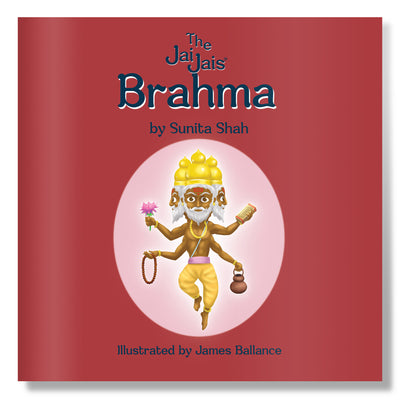I have to say I absolutely love my bangles. I have boxes and boxes or glass, metal, gold, silver, wooden in a every colour under the sun. I loved dressing up and adorning my arms full of bangles. I love the sound they make and how pretty they look. Our Hindu Goddesses are adorned with stunning jewellery in all the imagery.
The tradition of Indian women wearing bangles started in ancient times. However, to this day, the custom continues. Women in India wear bangles to enhance their feminine grace and beauty. The word bangle has been derived from the traditional word Bangri or Bangali, which in Sanskrit these words mean ‘the ornament that adorns the arm’. Bangles are ornaments by both unmarried women and married women.
Bangles have been found in many archaeological sites in India, with the oldest examples dating back to 2,000 B.C. or earlier. Those early bangles were usually made from copper, bronze, agate, or shell.
Glass bangles are said to be symbolising the well-being of the husband and the son. In some communities, women are so superstitious that when changing the bangles they do not remove one bangle to the arm until they wore another set of bangles. They believe that an empty arm brings bad omen. Thus it can be safely said that women not wearing bangles in India is frowned upon. However, things are changing with women entering the work place.
While girls are allowed to wear bangles, married women are generally expected to wear bangles. The jewellery is primarily associated with matrimony, signifying marriage in the same way that the Western wedding ring does. Sikh brides wear red and white carved bangles called "chuda" on their wedding day. After a Hindu woman's husband dies, she would break her glass wedding bangles in an act of mourning.
The colours of bangles also have their own symbolism: Red bangles symbolise energy, blue bangles symbolise wisdom and purple symbolises independence. Green stands for luck or marriage and yellow is for happiness. Orange bangles mean success, white ones mean new beginnings and black ones mean power. Silver bangles mean strength, while gold bangles mean fortune.
I always like to look angles of our traditions, and wearing bangles also have scientific reasons normally the wrist portion is in constant activation on any human. The pulse bear in thus area can be checked medically for any underlying health problem. The bangles are normally in the wrist part of ones hands and its constant friction increasing the blood flow. Further more energy passing through our outer skin which pass out the body is sent back in the body.
A research made on ladies wearing glass bangles and those wearing bangles made of other synthetic materials revealed that glass bangles vibrated and acted as pacifiers and moderators of strong emotions. Those wearing non-glass bangles were found to be restive and excessively emotional, to given situations and stimulus, in the experiments conducted. (ref: The modern Vedic). A specific number of bangles are worn in each hand for a specific reason. As a result, a specific Shakti is created. Shakti is present in young unmarried girls in an un-manifested form. They also have less amount of sanskaras (impressions) in them, but the vibrations of Tarak-Shakti are active in girls at a young age only. By wearing three or fewer bangles, a slight inertia like sound is created in the bangles. Due to this sound, the girl gets the strength and vigour. Marak(Destroyer) waves are created by the sound of the bangles worn in larger numbers by a newly married woman. With the help of these waves, a newly married woman is protected from the evil-eye and attacks of negative energies.












